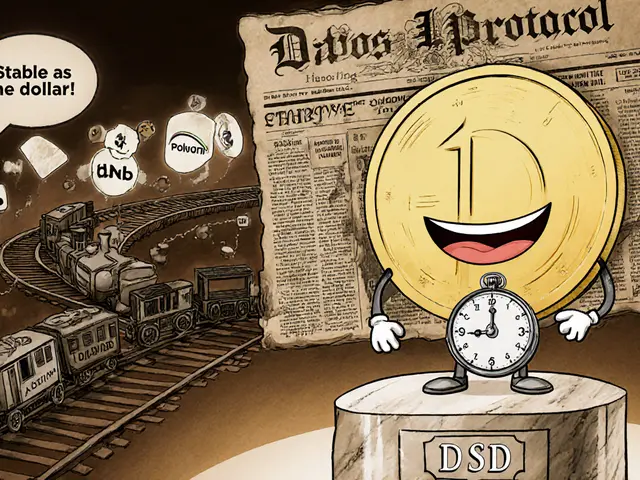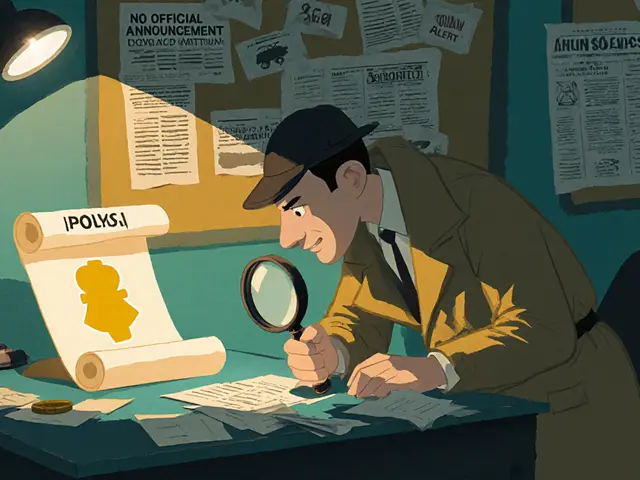Bitcoin block reward: How mining incentives work and why they matter
When you hear about Bitcoin block reward, the amount of new Bitcoin awarded to miners for validating a block of transactions. It's not just a payment—it's the engine that keeps the whole network running. Every ten minutes or so, a new block gets added to the Bitcoin blockchain, and the miner who solves the puzzle first gets rewarded. That reward started at 50 BTC in 2009. Today, it’s 3.125 BTC. And it will drop again in 2028. This isn’t random—it’s coded into Bitcoin’s design to control supply.
This reward system is tied to proof-of-work, the consensus mechanism that forces miners to spend real electricity and hardware to earn Bitcoin. Without this cost, anyone could fake transactions. But because mining takes real-world resources, it’s expensive to cheat. That’s what makes Bitcoin secure. The halving, the event where the block reward cuts in half roughly every four years, is built into this system to mimic scarcity, like gold being harder to mine over time. Each halving reduces the new supply entering circulation, which historically has affected price. The first halving in 2012 dropped the reward from 50 to 25 BTC. The second in 2016 cut it to 12.5. The third in 2020 brought it to 6.25. And in 2024, it fell to 3.125. The next one? 1.5625. That’s not just a number—it’s a timeline that shapes investor behavior, miner economics, and long-term supply forecasts.
Miners don’t just live off the block reward. They also collect transaction fees, small payments users add to their transactions to get faster confirmation. Right now, fees are a small part of miner income—but as the block reward shrinks, fees will need to grow to keep mining profitable. If they don’t, fewer miners will participate, which could weaken the network. That’s why everyone watches the fee market closely after each halving. This isn’t just about Bitcoin’s past. It’s about its future. If miners can’t make money, the chain risks becoming less secure. If fees rise too high, users might look for alternatives. The balance between reward, fees, and adoption is delicate.
What you’ll find below are real-world breakdowns of how this system affects mining hardware, why some coins are more vulnerable than others, and how changes in the block reward ripple through the entire crypto space. Whether you’re holding Bitcoin, mining it, or just trying to understand why it’s valuable, these posts cut through the noise and show you exactly how the block reward shapes what’s happening right now.
Bitcoin halving is a programmed event that cuts the mining reward in half every four years, reducing new Bitcoin supply and reinforcing its scarcity. Learn how it works, why it matters, and what to expect next.
Continue reading





